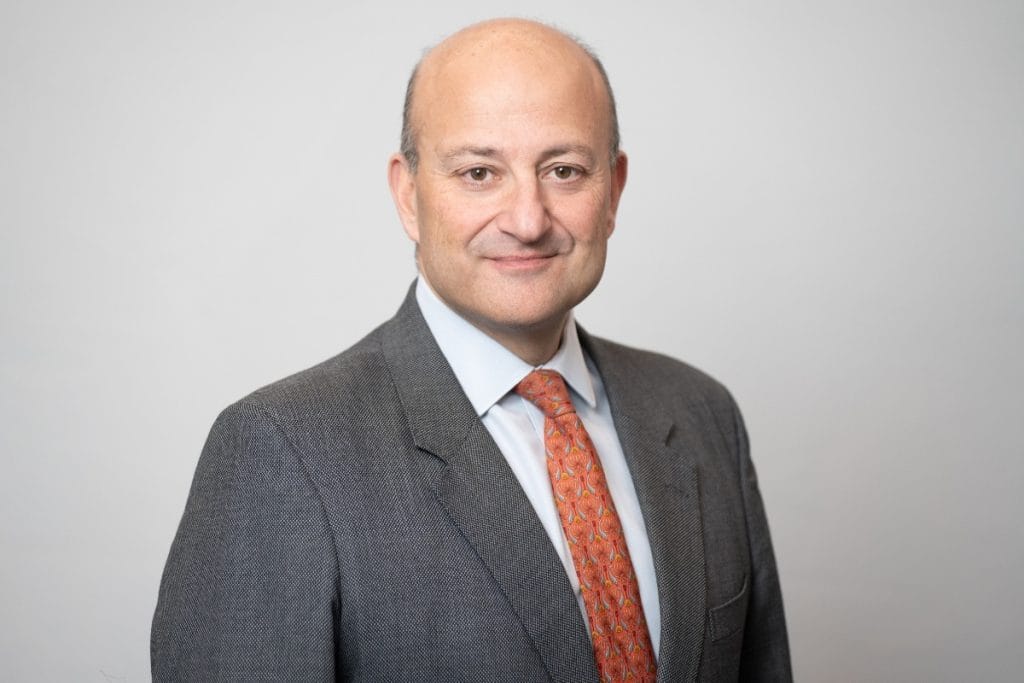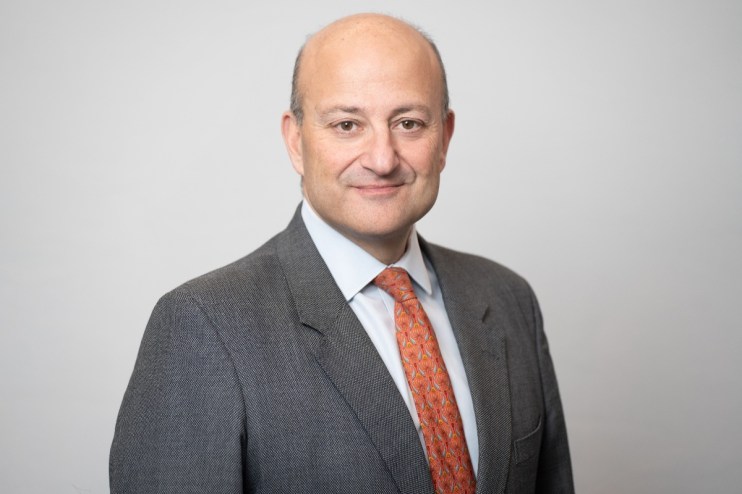
Saturday 28 June 2025 6:00 am
| Updated:
Friday 27 June 2025 3:15 pm

Arguably one of the biggest winners from Chancellor Rachel Reeves’ latest spending splurge, the British Business Bank had its lending capacity beefed up and pledged to back the UK’s innovators with its expanded range.
The bank had its funding capacity increased to £25.6bn in the Spending Review from near £15.6bn as it targets eight key sectors that ministers have named as growth-drivers. These include creative industries, digital and tech, clean energy, advanced manufacturing, life sciences, defence, financial and professional services.
In the government’s industrial strategy a fresh £6.6bn was injected into the bank by the Department for Business and Trade in a bid to give the bank greater opportunity to support small business across the UK.
Loaded with a hefty sum of capital, chief executive Louis Taylor told City AM the bank is ready to back the innovators of tomorrow – and those who will lead the charge for the next 30 years.
“We’ll be backing the innovation that there is, and we will be creating mechanisms for the private sector to back that innovation as well,” Taylor said.
Though he acknowledged returns would not be “Amazon Prime delivery”.
“It will have an impact over a long period of time and what people will see is that the UK is a fantastic innovation ecosystem”.
A time of need for SMEs
The extended capacity to support the UK’s small- and medium-sized enterprises (SMEs) follows ministers raising the alarm on firms’ access to finance.
A report from the Department of Business and Trade in March revealed overall loan success rates for firms applying for bank finance were below 50 per cent – down from an approval rate of 67 per cent in 2018.
Top bosses from HSBC, Natwest and Lloyds were summoned for talks chaired by small business minister Gareth Thomas in May to discuss small business’ difficulty securing loans.
British Business Bank data shows the landscape for SME lending has drastically changed since 2019 – where the four largest banks made up 90 per cent of lending.
Since 2024, challenger banks have accounted for 60 per cent of annual gross bank lending to SMEs.
“The market evolves continuously so anyone standing still is becoming less relevant,” Taylor said.
But he added the provision of debt for companies was “relatively in balance with demands”.
“Supply is relatively in balance with demand, admittedly, at a time when investment ambitions for companies have perhaps been suppressed. So were they to be more ambitious – I don’t know where the credit market would just pick up there.”
“But at the moment I think the real issue is more in equity than in debt”.
Taylor told City AM the government’s upcoming small business strategy would provide deeper insight into the British Business Bank’s “incredibly supportive” role for SMEs.
“The government has chosen to put these things out in succession, we’ve got the industrial strategy, the clarity around that, but we will be able to talk more about small business dimensions [during the strategy].
“But, I can tell you now we are still pushing through startup loans.”
The bank secured its first unicorn from start-up loans in August 2024 after sports brand Castore, which was a £40k loan recipient, was valued over $1bn.
One Bank short of a Fund
The bank is among a fleet of government-owned bodies which Labour is making central to its growth mission.
Reeves’ National Wealth Fund was originally planned to incorporate the British Business Bank and UK Infrastructure Bank.
On 9 July 2024, Taylor “welcomed” the Chancellor’s plans, but a mere three months later Reeves instead announced the UK Infrastructure Bank would “become” the National Wealth Fund (NWF).
When asked about the Treasury’s change in plans, Taylor said: “A new government came in, and inevitably, they had not had their hands on the levers of all these institutions.
“And I think that whilst they have a strong intention to create a National Wealth Fund, which they have now done, they understood through the passage of a few months just what that involved and actually came up with a solution that made more sense than what was initially perhaps envisaged.”
The Treasury Select Committee has launched an inquiry into the NWF as it seeks to discover the body’s potential to drive growth. At a hearing with academics and think tanks, panellists said the name of the body was a “misnomer”.








